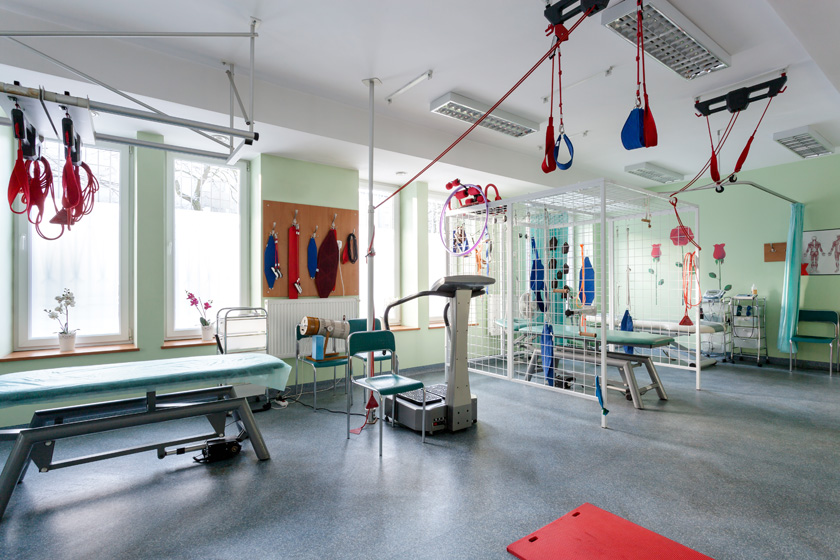Physical Therapy

When a friend suffers from a car accident, it is good news to know that his life was saved by amazing technology and talented doctors. But when that friend’s life is now confined to a wheelchair, and he has limited mobility in his arms, it likely crosses his mind from time to time that death might have been better than the daily inconveniences he suffers. You, however, are not content to see a friend, an acquaintance, or even a stranger remain in such a condition. You have discovered the amazing field of physical therapy and the possibilities it offers for rehabilitating individuals and returning them as much as possible to their previous manner of living.
Why Choose Physical Therapy?
Physical therapy aides work alongside physical therapists to ease the suffering and improve the functioning of a wide variety of individuals. Patients include victims of all kinds of conditions, includes accidents, heart failure, strokes, back pain, arthritis, fractures, and even cerebral palsy. While working with therapists, aides might be asked to target a particular aspect of patient therapy such as showing patients a certain exercise, monitoring progress on a specific skill, preparing various equipment, or even training patients on how to use crutches or wheelchairs.
Depending on the therapist’s experiences, preferences, talents, and research, the aide will likely use various rehabilitation techniques with patients. Aides will assist patients with exercises, massages, balance training, electrical stimulation, and a variety of other treatment methods. Aides usually work directly under the supervision of a therapist, and therefore do not have the stress of making critical decisions, but do offer their advice and observations.
The vast majority of career opportunities for physical therapy aides reside in health practitioners’ offices and in hospitals. There is a wide array of patients that these organizations bring in. Other physical therapy aides find themselves employed at nursing care facilities, home healthcare services, and outpatient care centers.
An amazing number of people from all walks of life require the services of a physical therapist and aides; however, the Baby Boomer generation is gradually aging, which means that many careers in the health services field will increase in demand, including the need for physical therapist aides. Legislation additionally makes it easier for these patients to afford the services provided by therapists, which means that such services will also be in higher demand. To make their specific services more affordable, therapists are more likely to hire aides rather than other therapists. All of this means that those with degrees that qualify them to be physical therapy aides will be very much needed now and for years to come.
So whether a close friend suffers from a car accident injury, an athlete needs guidance on how to reach peak performance again, a young adult with cerebral palsy requires assistance, or an injured elderly individual wants to become physical independent once again, the need for physical therapy aides will continue to grow. Find out what it takes to get trained for a physical therapy career.
